White Bread Mold Explained (Different Types and How To Identify Them
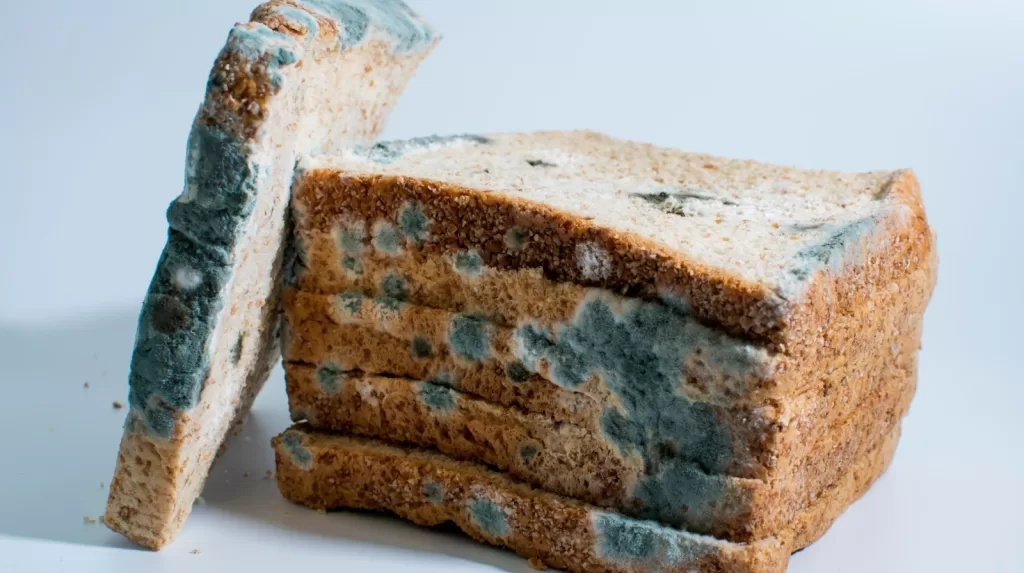
Everything You Need To Know About Bread Mold The Good, Bad And Ugly.
White mold [ 1] spots on bread typically appear as fuzzy, raised patches that a distinct musty odor might accompany. Unlike flour, which is generally evenly spread and embedded into the bread's surface, white mold has a more irregular pattern and can spread over time.

mold on bread Stock Photo Alamy
Remove the bread from its packaging and place it on a countertop for a clear view. Color serves as the prime visual clue. Mold typically appears duller and slightly off-white compared to flour. If you spot other colors like blue or green, your bread has undoubtedly spoiled. Additionally, examine the texture of the spots.
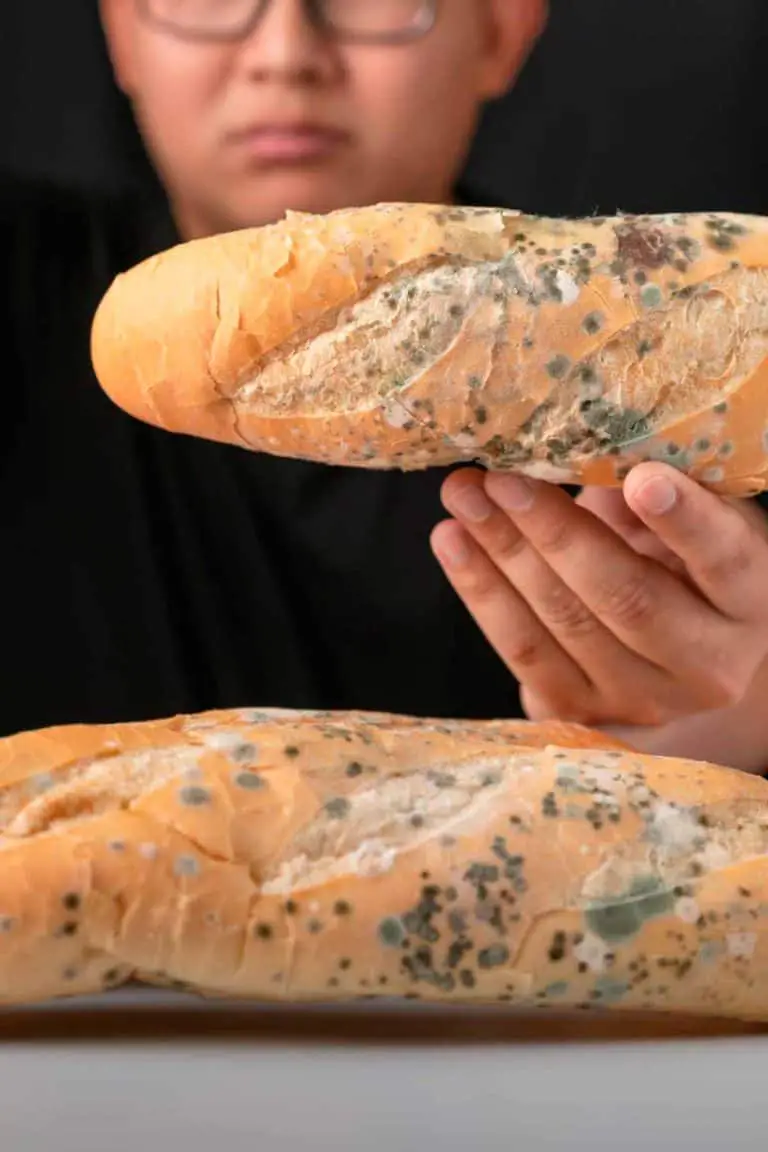
White Bread Mold Explained (Different Types and How To Identify Them
When bread is stored in warm and moist conditions, these spores can quickly germinate and form mold colonies, leading to the development of white mold. Furthermore, the burstiness of mold growth can be exacerbated by the consumption of preservative-free bread, as these products are more susceptible to mold infestation.
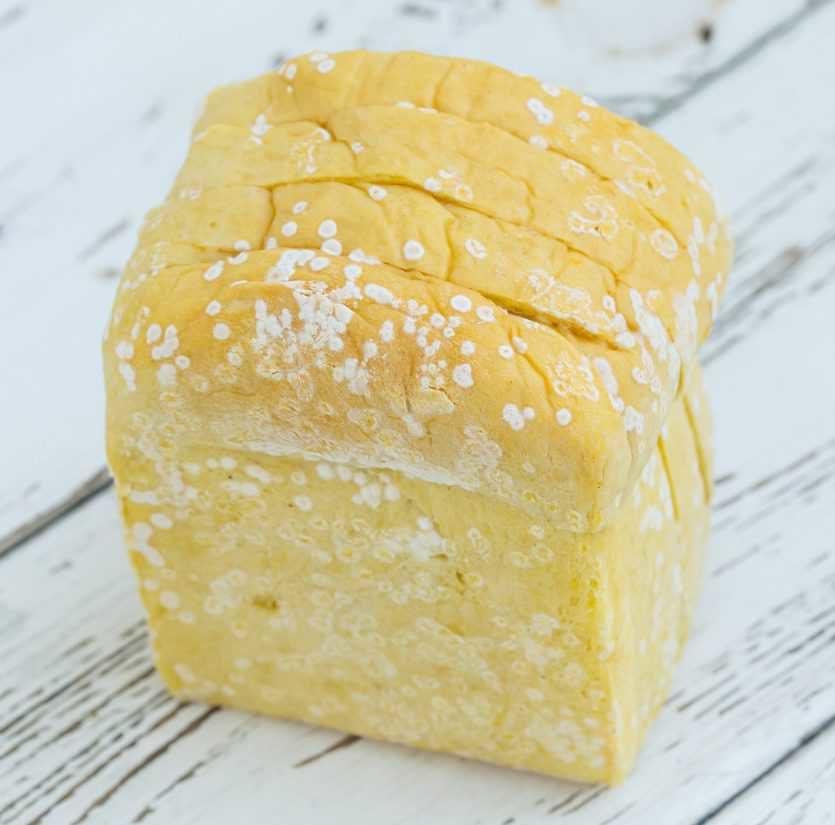
Is Bread Mold Bad For Dogs
Why does my bread have mold on it? How do I know what the white stuff is on my bread? Appearance Location on the bread Scent Is it safe to eat the white stuff on bread? Flour Mold The dangers of mold Final Thoughts FAQs Why does my bread have flour on it? Quite often bread, particularly fresh loaves, is dusted with flour on the top.
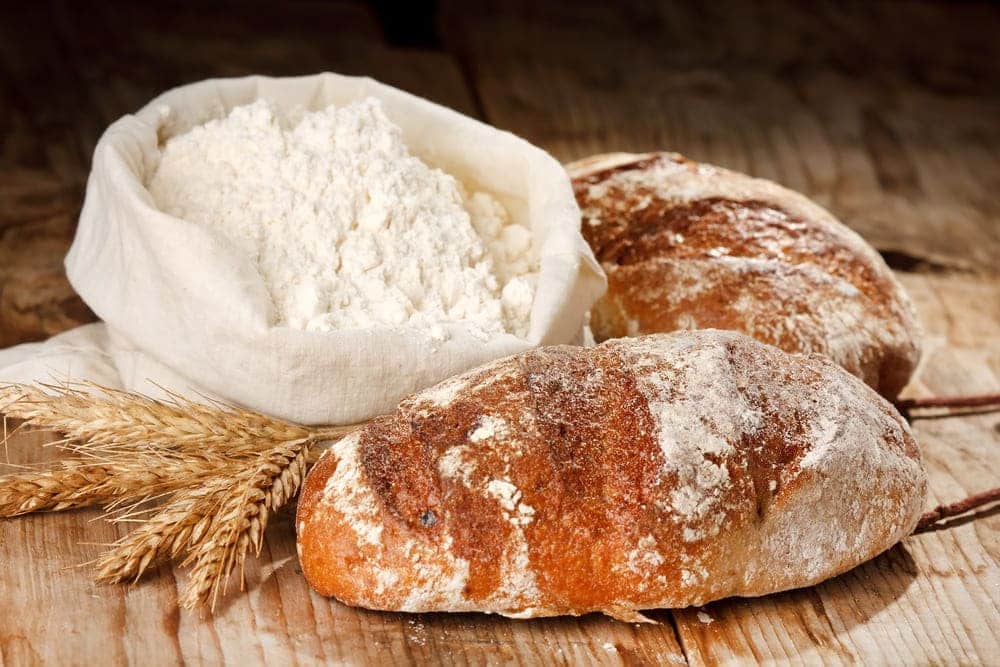
Is It White Mold Or Flour On Bread How To Check? Miss Vickie
The mold that grows on bread is usually white, making it difficult to know whether white spots on your bread are mold or just flour. Since it can be pretty tricky to tell the two apart, we have included some tips and tricks below. White Spots on Bread - Mold or Flour? 1. Scrape the White Spots

Slice of Bread Stacked with White Mold Macro Stock Photo Image of
What Is Bread Mold? Similarly to mushrooms, molds are fungi. Molds and yeasts get nourishment from the food they feed on, which might be as simple as bread. Mold on bread is actually clusters of spores, which the fungi need to proliferate. These spores can spread throughout the packaging and germinate on other slices of bread.
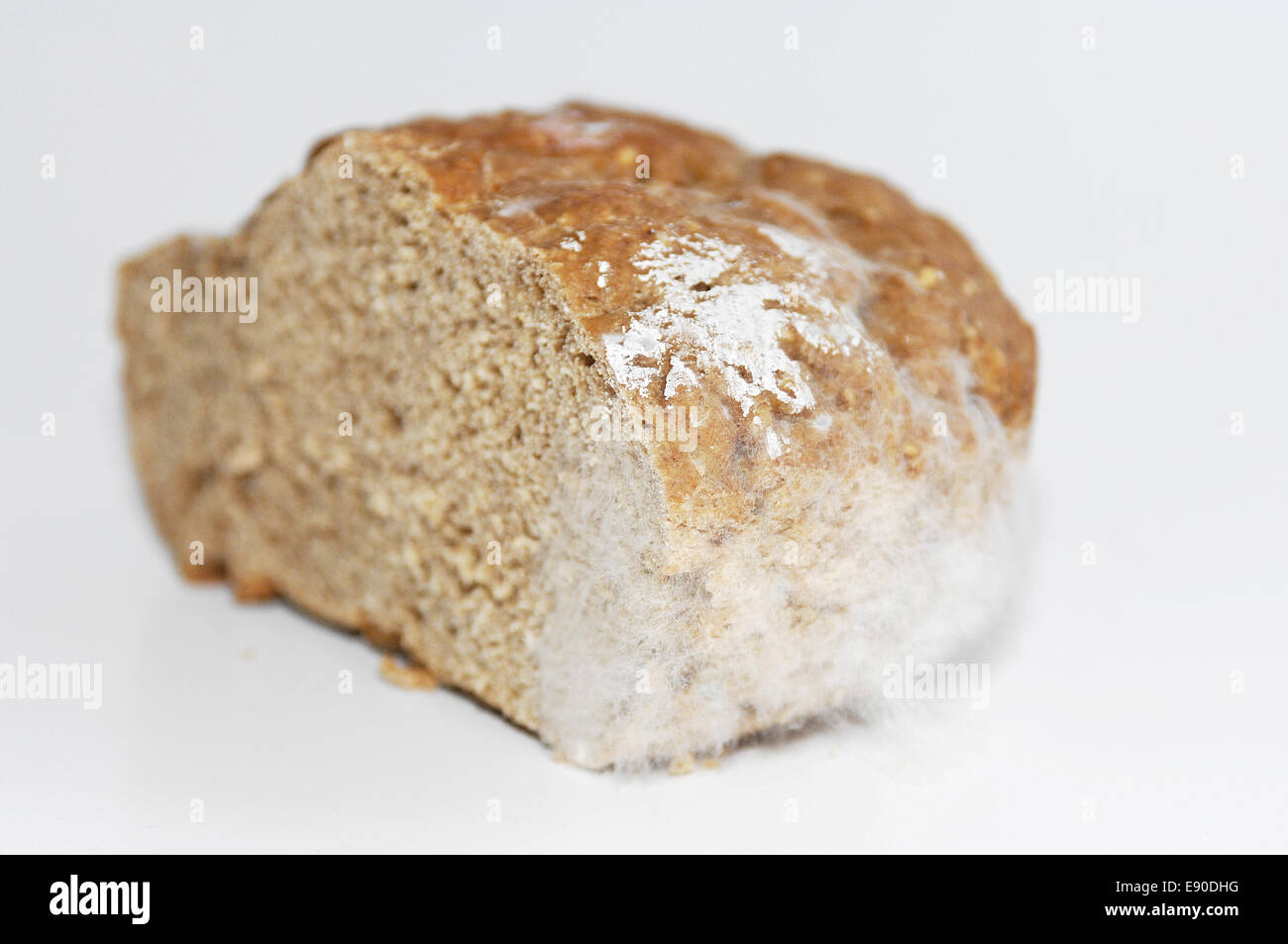
Bread mold Stock Photo Alamy
The fuzzy parts of mold you see on bread are colonies of spores — which is how the fungus reproduces. Spores can travel through the air inside the package and grow on other parts of the.

What Does Mold Look Like on Bread Spicy Buffalo
What Happens if You Eat Moldy Bread? How to Store Bread Photo: Getty Images If you buy or bake bread, at one point or another, you've probably ended up discovering a spot or more of mold on your loaf. That white or green fuzz is annoying and unappealing, and it's a clear indication that your bread is past its prime.
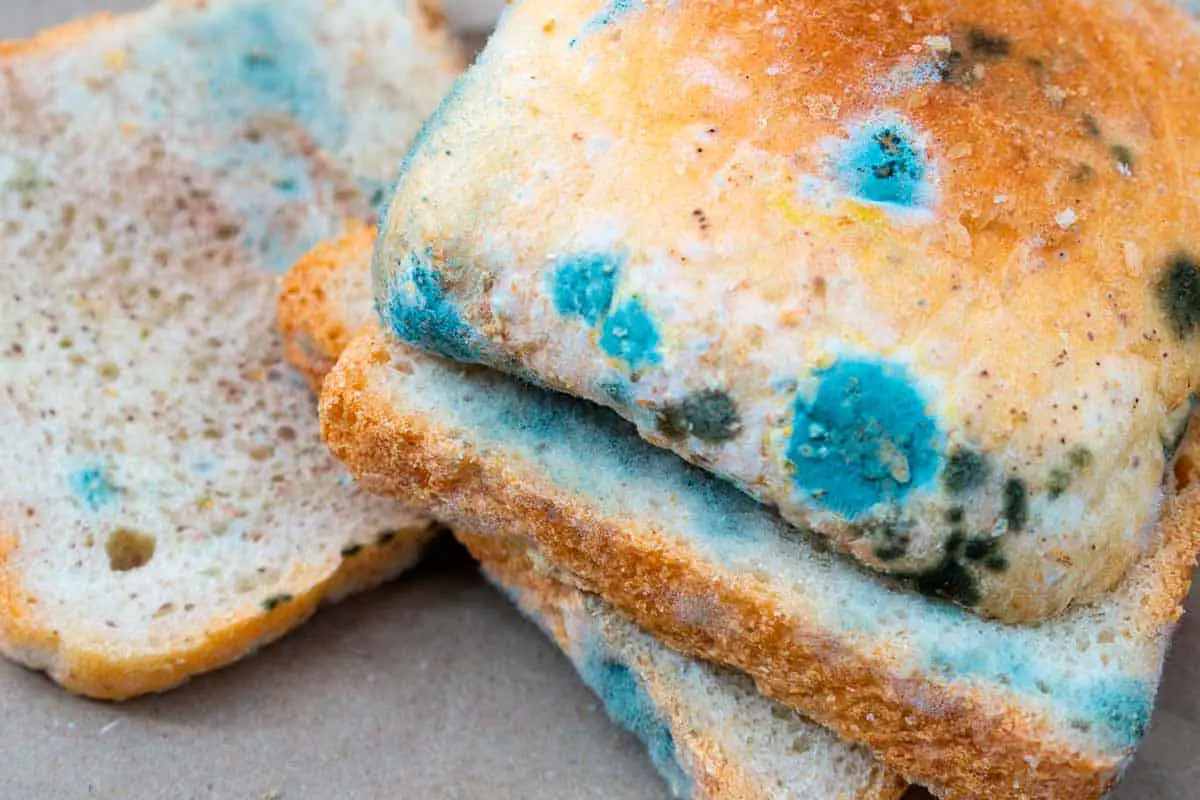
White Bread Mold Explained (Different Types and How To Identify Them
Look at the bread closely: Mold on bread often appears as green or black spots, while flour is usually evenly distributed across the surface. If you see spots or discoloration on the bread, it's more likely to be mold. Consider the age: If the bread appears fresh and recently baked, the white substance is more likely to be flour.
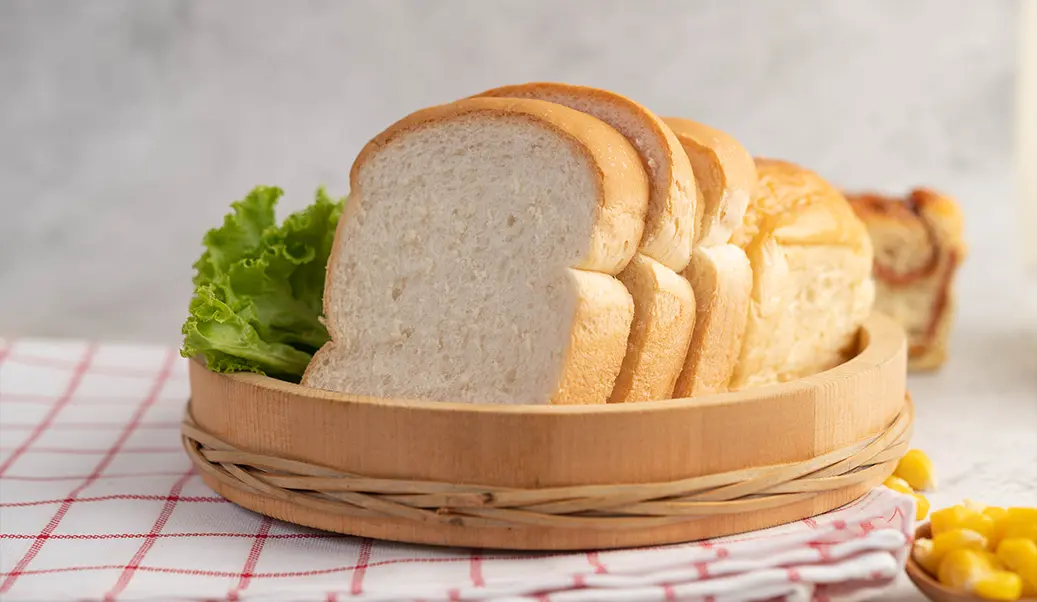
White Mold On Bread How To Distinguish Them From Flour Spots The
Can mold on bread be white, or it's any other thing like flour? Yes, mold grows on bread that is white. It's confusing to say whether these are mold or just flour. The good thing is, it's easy to identify. After knowing everything about it, you won't accidentally eat mold on bread. It's not the worst thing to eat and you don't get sick.
My breads a couple days old, are the little white spots mold? r/Breadit
The simple answer is, no, please don't eat moldy bread. Whether the loaf of bread has one spot of visible mold or multiple ones, the bread is unsafe to eat.
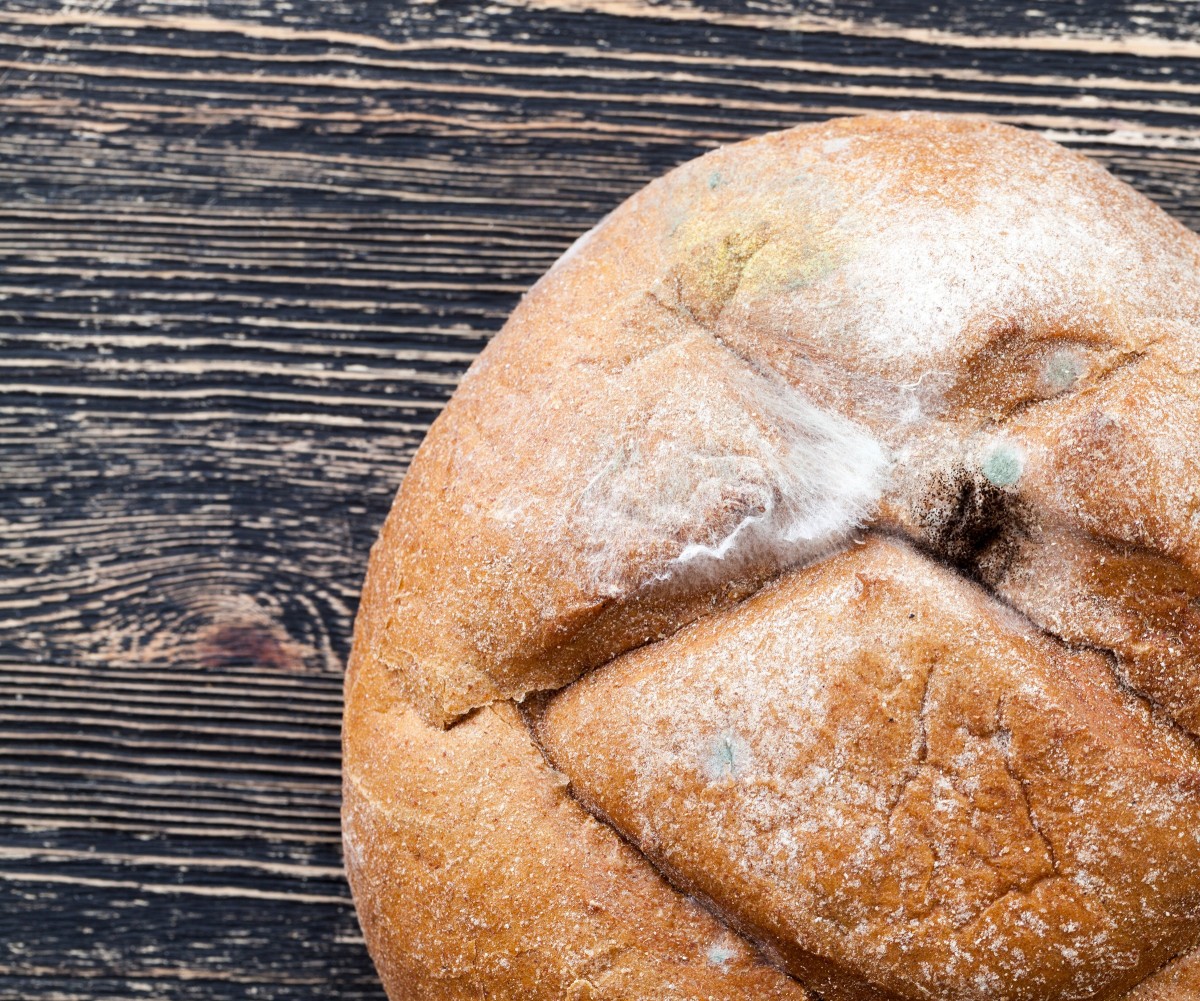
How To Keep Bread From Molding In Summer Bread Poster
But the mold dotting bread isn't a benign source of extra fiber. Gravely says people who eat moldy food may suffer allergic reactions and respiratory problems. Even inhaling mold can be dangerous.
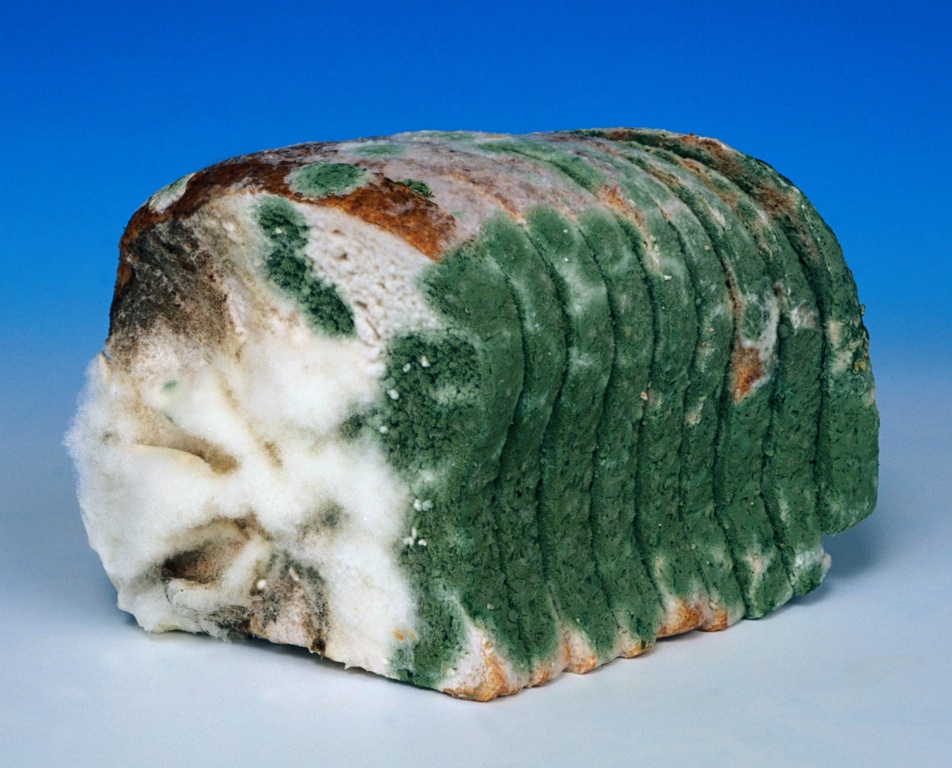
DK King "Moldy Old White Bread" defined
Mold is essentially just a fungus that attaches to a food source, such as bread. Over time, colonies of mold break down the bread and absorb the nutrients. Five types of mold grow on bread, and each has its open realm of potential species. Of the five mold types, there are: Aspergillus Penicillium Fusarium Mucor Rhizopus
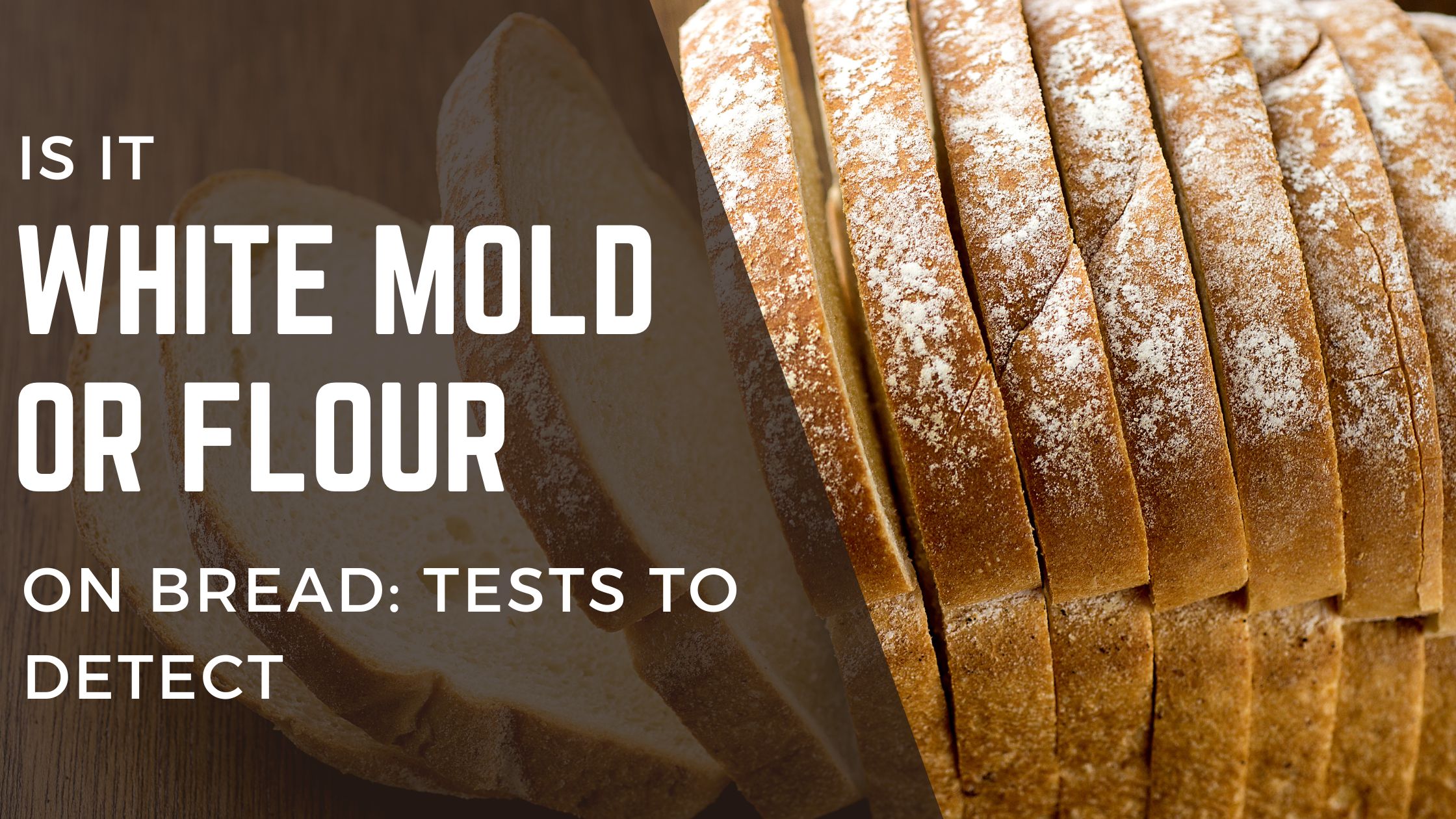
White Mold or Flour on Bread Tests to Detect FOODANDKITCHENAPPLIANCES
If surface mold is on hard cheeses such as Gorgonzola and Stilton, cut off mold at least 1 inch around and below the mold spot and handle like hard cheese (above). Molds that are not a part of the manufacturing process can be dangerous. Foods with high moisture content can be contaminated below the surface.

How Does Bread Get Black Mold? Is Eating Black Bread Mold harmful?
What type of mold is white on bread? Penicillium molds usually appear on bread in fuzzy white, gray or light blue patches. Like black bread mold, Penicillium is not usually dangerous if accidentally eaten unless a person has allergies.

Mold on bread stock image. Image of close, mildew, nobody 43692391
1. Can I still eat bread with white mold on it? White mold on bread is a sign of spoilage and should not be consumed. It's best to discard the bread to avoid any potential health risks associated with ingesting mold. 2. Is it safe to cut mold off bread and eat the rest?